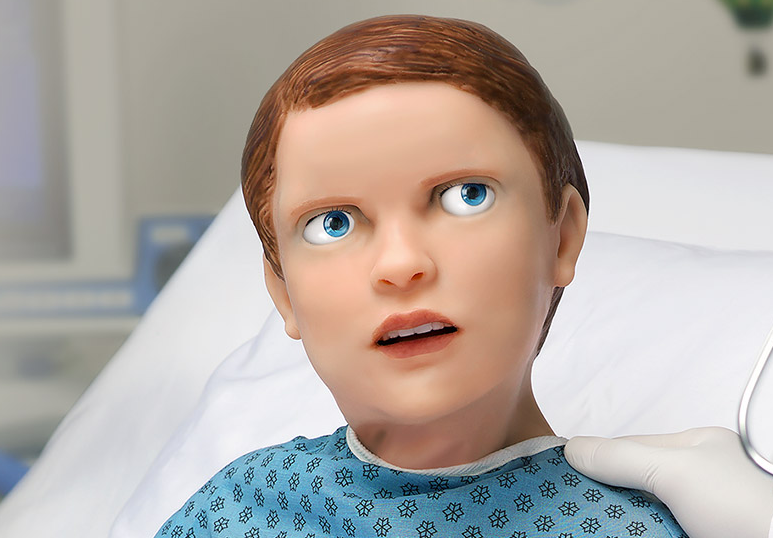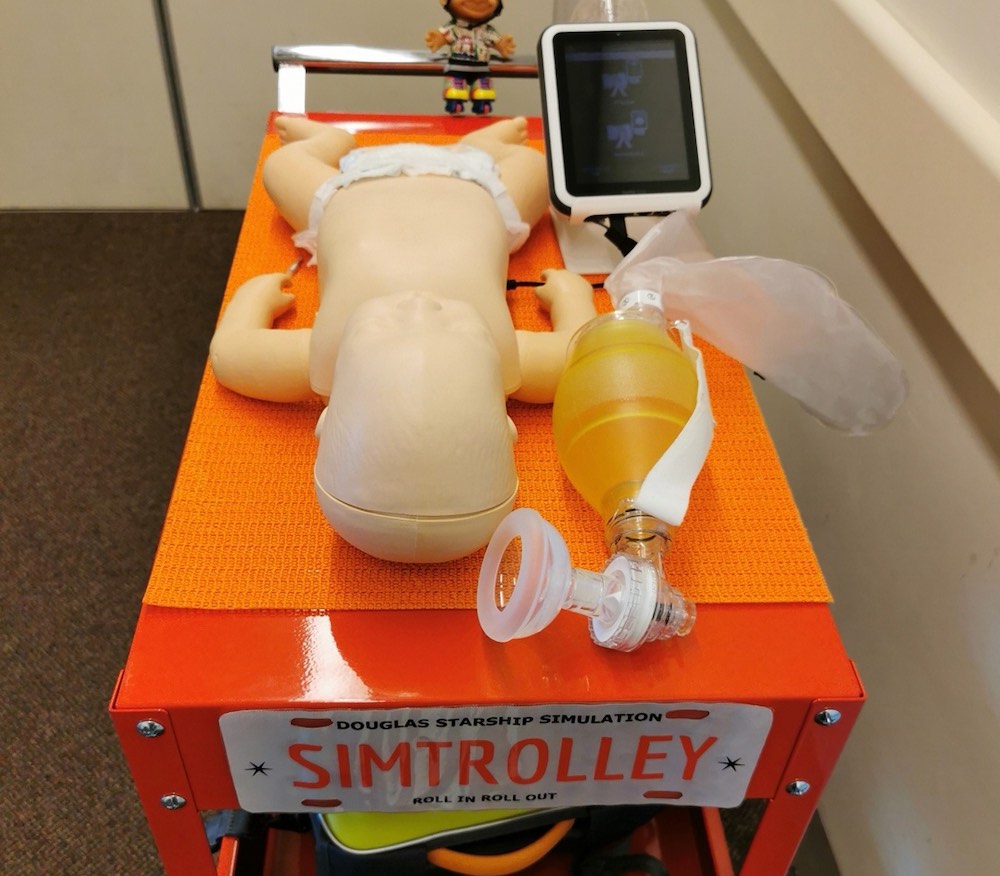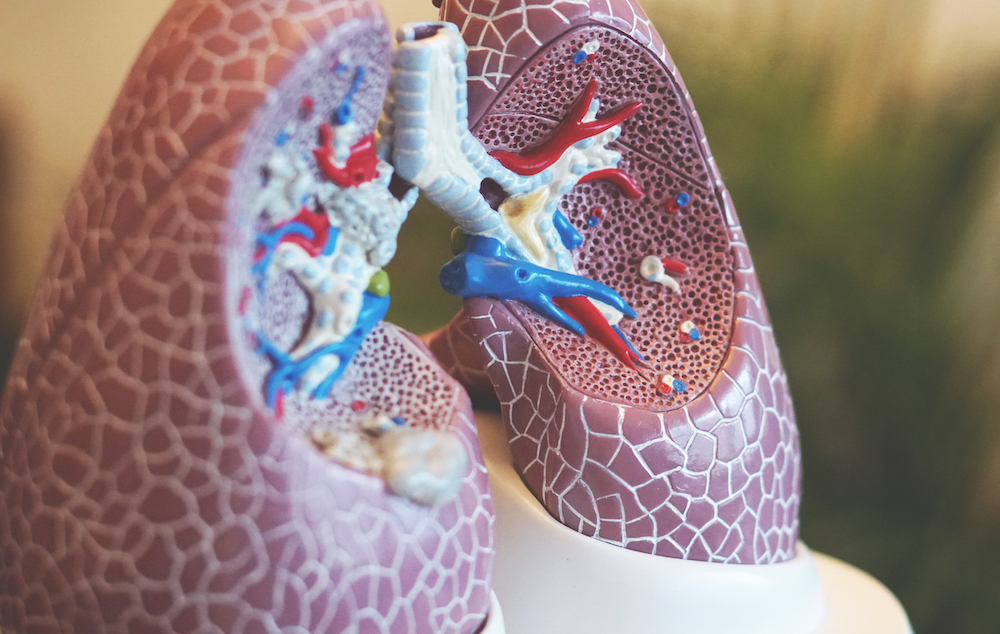At IMSH 2018, HealthySim saw the world’s first high fidelity pediatric simulator that moves — with head movements, eye tracking, and voice-to-jaw resemblance. Meet Gaumard‘s HAL S225 Advanced Pediatric Patient Simulator. Putting our index finger up to Hal’s face, he tracked our hand movement with his eyes — in real time — and then it was our jaws that dropped! While his motions are still slightly animated (but certainly better than anything you would see on Pirates of the Caribbean) — HAL undoubtedly represents the broader future of patient simulator patient emotional presentation — something HealthySim has always wanted to see in higher fidelity scenarios that are heavy on patient communication. It has always seemed challenging to us to talk with a manikin that stares blankly at the ceiling without any trace of human movement. Hiring child Standardardized Patients is especially difficult, and the ability to practice more realistic conversation with a manikin that looks at you and presents realistic emotional feeling is the best place to start with moving manikins.
About HAL S2225
- Interactive eyes and active facial expressions
- Dynamic lung compliance with true ventilator support
- Real patient monitor support: SpO2, EKG, capnography, NIBP, live pacing, and defibrillation
- Emergency intervention: surgical airway, needle decompression, chest tube insertion
- Wireless and tetherless
New Emotions
Through scenario-based learning, HAL can help participants assess verbal and non-verbal cues to build patient-provider communication skills and empathy. In addition to illustrating nearly a dozen facial expressions, HAL also simulates a variety of common emotional states to better approximate behavior. Simply set HAL’s emotional state to lethargic, for example, and the eyelids will droop automatically, head movement will slow, and yawning will occur periodically. What’s more, the powerful UNI software lets you create your own facial expressions and emotions to expand the scope of the learning experiences. The UNI library includes the following presets to get you started:
- Anger
- Transient Pain
- Ongoing Pain
- Amazed
- Quizzical
- Worried
- Anxious
- Crying
- Yawning
Advanced Eyes
Interactive eyes and color-changing skin allow Pediatric HAL to illustrate signs of varying emotional states, trauma, and many other neurological diseases and conditions.
- Accommodation test: automatic horizontal tracking and manual vertical tracking
- Strabismus: exotropia and esotropia
- Nystagmus: eyeball twitching
- Blepharospasm: eyelid twitching
- Ptosis: eyelid droop
- Realistic idle eye movement
- Independent pupillary light reflex
- Mydriasis: blown pupil
- Anisocoria: unequal pupil sizes
- Programmable blinking rate
- Consensual pupillary light reflex









